Related Research Articles

William Strang was a Scottish painter and printmaker, notable for illustrating the works of Bunyan, Coleridge and Kipling.

The Raphael Cartoons are seven large cartoons for tapestries, surviving from a set of ten cartoons, designed by the High Renaissance painter Raphael in 1515–16, commissioned by Pope Leo X for the Sistine Chapel in the Vatican Palace. The tapestries show scenes from the Gospels and Acts of the Apostles and are hung below the frescoes of the Life of Christ and the Life of Moses commissioned by Pope Sextus. The cartoons belong to the British Royal Collection but since 1865 are on loan to the Victoria and Albert Museum in London.
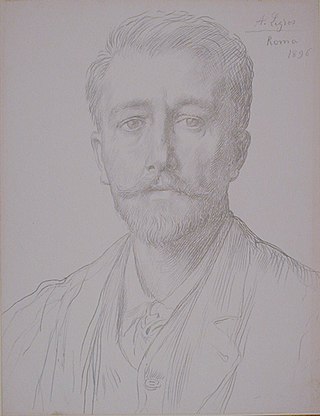
Sir Charles Holroyd RE was an English painter, original printmaker and curator during the late Victorian and Edwardian eras up to and including the First World War. He was Keeper of the Tate from 1897 to 1906, Director of the National Gallery from 1906 to 1916 and Assessor (Vice-President) of the Royal Society of Painter-Etchers & Engravers from 1902 to 1917.

Johan Frederik Clemens was a Pomeranian-Danish printmaker in etching.

The etching revival was the re-emergence and invigoration of etching as an original form of printmaking during the period approximately from 1850 to 1930. The main centres were France, Britain and the United States, but other countries, such as the Netherlands, also participated. A strong collector's market developed, with the most sought-after artists achieving very high prices. This came to an abrupt end after the 1929 Wall Street crash wrecked what had become a very strong market among collectors, at a time when the typical style of the movement, still based on 19th-century developments, was becoming outdated.
Daniel Hopfer was a German artist who is widely believed to have been the first to use etching in printmaking, at the end of the 15th century. He also worked in woodcut. Although his etchings were widely ignored by art historians for years, more recent scholarship is crediting him and his work with "single-handedly establishing the salability of etchings" and introducing the print publisher business model.
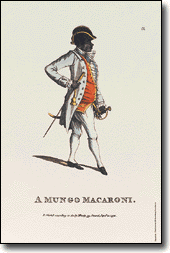
Mary and Matthew Darly were English printsellers and caricaturists during the 1770s. Mary Darly was a printseller, caricaturist, artist, engraver, writer, and teacher. She wrote, illustrated, and published the first book on caricature drawing, A Book of Caricaturas [sic], aimed at "young gentlemen and ladies." Mary was the wife of Matthew Darly, also called Matthias, a London printseller, furniture designer, and engraver. Mary was evidently the second wife of Matthew; his first was named Elizabeth Harold.
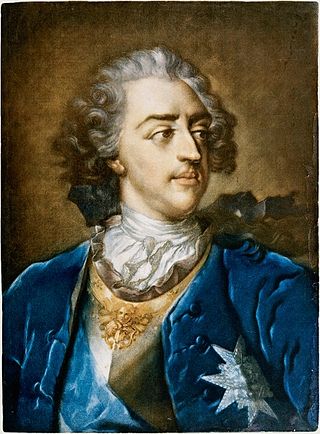
Jacob Christoph Le Blon, or Jakob Christoffel Le Blon, was a painter and engraver from Frankfurt who invented the system of three- and four-colour printing, using an RYB color model which segued into the modern CMYK system. He used the mezzotint method to engrave three or four metal plates to make prints with a wide range of colours. His methods helped form the foundation for modern colour printing.
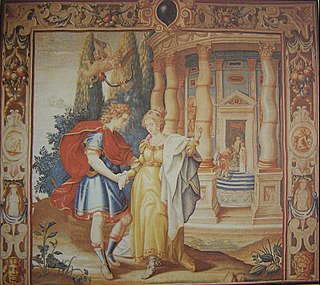
The Mortlake Tapestry Works was established alongside the River Thames at Mortlake, then outside, but now in South West London, in 1619 by Sir Francis Crane. It produced lighter, if vastly more expensive, decoration for rooms than the previously favoured Elizabethan wood panelling. King Charles I was a heavy investor and it prospered. The English Civil War disrupted all luxury goods businesses. Cromwell tried to help. Charles II imposed heavy duties on competitive imports, but the decline could not be reversed. It closed in 1704; some of the weavers continued to work privately.
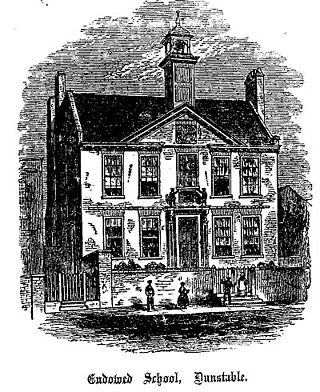
Thomas Aynscombe was an early-18th-century Dunstable and Smithfield, London landlord and minor benefactor.

Edward Thomas Daniell was an English artist known for his etchings and the landscape paintings he made during an expedition to the Middle East, including Lycia, part of modern-day Turkey. He is associated with the Norwich School of painters, a group of artists connected by location and personal and professional relationships, who were mainly inspired by the Norfolk countryside.
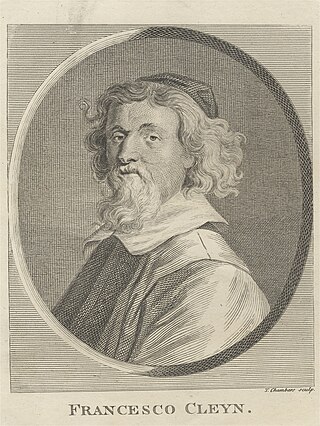
Francis Cleyn was a German-born painter and tapestry designer who lived and worked in England.

John Laporte was an English landscape painter and etcher, who worked in and around London, England.

Jean Barbault (1718–1762) was a French painter, etcher and printmaker, who worked in Rome for most of his life. He is noted for paintings of local people, wearing traditional costumes or Oriental costumes and for his work documenting iconic Roman monuments and antiquities which were published in two volumes.
William Henry Mote (1803–1871) was a British stipple and line engraver, primarily known for his portraits. He produced etchings for reference books, as well as original etchings. Mote became a member of the Royal Academy in his twenties and his portraits hang in the National Portrait Gallery, London.
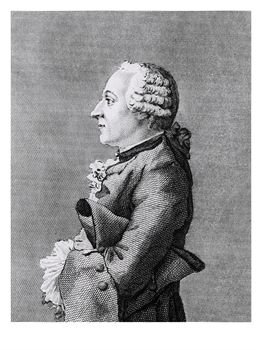
John Swaine, was an English draughtsman and engraver.

Thomas Worlidge (1700−1766) was an English painter and etcher.

The dozens of self-portraits by Rembrandt were an important part of his oeuvre. Rembrandt created approaching one hundred self-portraits including over forty paintings, thirty-one etchings and about seven drawings; some remain uncertain as to the identity of either the subject or the artist, or the definition of a portrait.

David Charles Read (1790–1851) was an English painter and etcher.

Elisha Kirkall (c.1682–1742) was a prolific English engraver, who made many experiments in printmaking techniques. He was noted for engravings on type metal that could be set up with letterpress for book illustrations, and was also known as a mezzotint artist.
References
![]() This article incorporates text from a publication now in the public domain : "English, Josias". Dictionary of National Biography . London: Smith, Elder & Co. 1885–1900.
This article incorporates text from a publication now in the public domain : "English, Josias". Dictionary of National Biography . London: Smith, Elder & Co. 1885–1900.